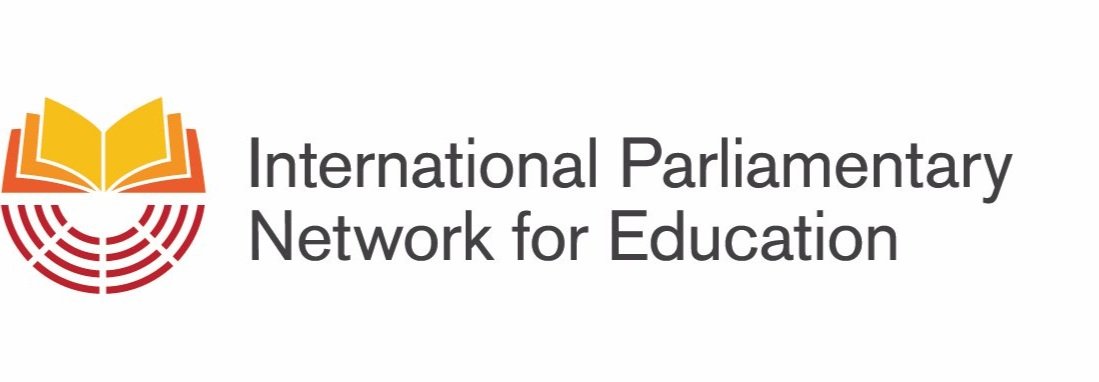Countdown to 2030: Marking the International Day of Education
With only five years remaining to meet the Sustainable Development Goals, global education targets hang in the balance.
This International Day of Education serves as a pivotal moment for parliamentarians to take action to secure inclusive, quality education for every child by 2030.
To mark the day, we have launched a briefing on the ‘Countdown to 2030: Actions to deliver SDG 4. A briefing for parliamentarians to mark the International Day of Education’. It outlines actions members of parliament can take to close the gap between the promise of SDG 4 and the current reality.
Delivering on the promise of SDG 4 means seriously addressing critical challenges in access, learning, education in crisis settings and financing education. If no additional measures are taken, only one in six countries will meet SDG 4 and achieve universal access to quality education by 2030.
Education is one of the best investments societies can make to build a more sustainable, equitable and prosperous future, and political leadership is at the heart of achieving this.
Guarantee access to education
According to the UNESCO Global Education Monitoring Report 2024, 110 million more children and youth have entered school since the SDG 4 was adopted in 2015, with more children in school today than ever before.
However, during the same period, the out-of-school population has reduced by only 1 percent.
As a result of this global stagnation, 251 million children and youth are still not in school worldwide.
Access to school is a fundamental right and the fact that millions of school age children are still out of school is a serious failure of collective action.
We must act now to guarantee every child has access to education.
Ensure children are learning foundational skills
Unfortunately, access doesn’t equate to learning.
An alarming 70 percent of ten-year-olds in low- and middle-income countries cannot read and understand a simple story - a statistic that climbs to 90 percent in sub-Saharan Africa.
Turning around the massive and persistent learning crisis will require a shared understanding of the problem and a commitment to implement collaborative, mission oriented plans to get every child in school and ensure that they are acquiring foundational skills.
Support education in crises
Humanitarian crises, forced displacement and climate disasters have further widened these gaps and disrupted educational access for millions.
Currently, more than 224 million children are without support for quality education in crisis settings, an increase from 75 million in 2016.
These alarmingly high rates must be reversed to ensure we meet SDG 4.5 and 4.6 which promise equal access to quality education, regardless of a child’s circumstances, and universal literacy and numeracy.
Increase education financing
Compounding these challenges is a severe funding shortfall.
The annual financing gap to achieve SDG 4 in low- and lower-middle-income countries stands at nearly 100 billion USD.
Today one in six of the world's poorest countries pay more on debt than on education, demonstrating the dire need for increased and more efficiently spent funding in education.
Aid to education in decline
Whilst increasing national spending on education is key to achieving SDG 4, aid to education is vital in helping to close the financing gap, especially in the poorest countries.
Donor countries are encouraged to spend 0.7 percent of their Gross National Income (GNI) on Official Development Assistance (ODA).
In 2021, the UK reduced the ODA from 0.7 percent of GNI to 0.5 percent, marking the first time ever when the country has not met the ODA 0.7 percent target.
Moreover, education remains one of the most underfunded areas of humanitarian aid, receiving only around 3 percent of global humanitarian funding.
Domestic and international financing for education must be protected to ensure no child is left without a quality education.
The role of parliamentarians
Parliamentarians can leverage their position to drive change and accelerate progress towards SDG 4 to close the gap in education for those furthest behind.
On the International Day of Education, members of parliament can shine a light on education by:
Submitting parliamentary questions on education
Hosting a debate on education
Tabling a motion urging government action to meet SDG 4.
Making a statement to highlight challenges in education and rally support for solutions
Using social media to amplify advocacy efforts using #InternationalEducationDay2025.









